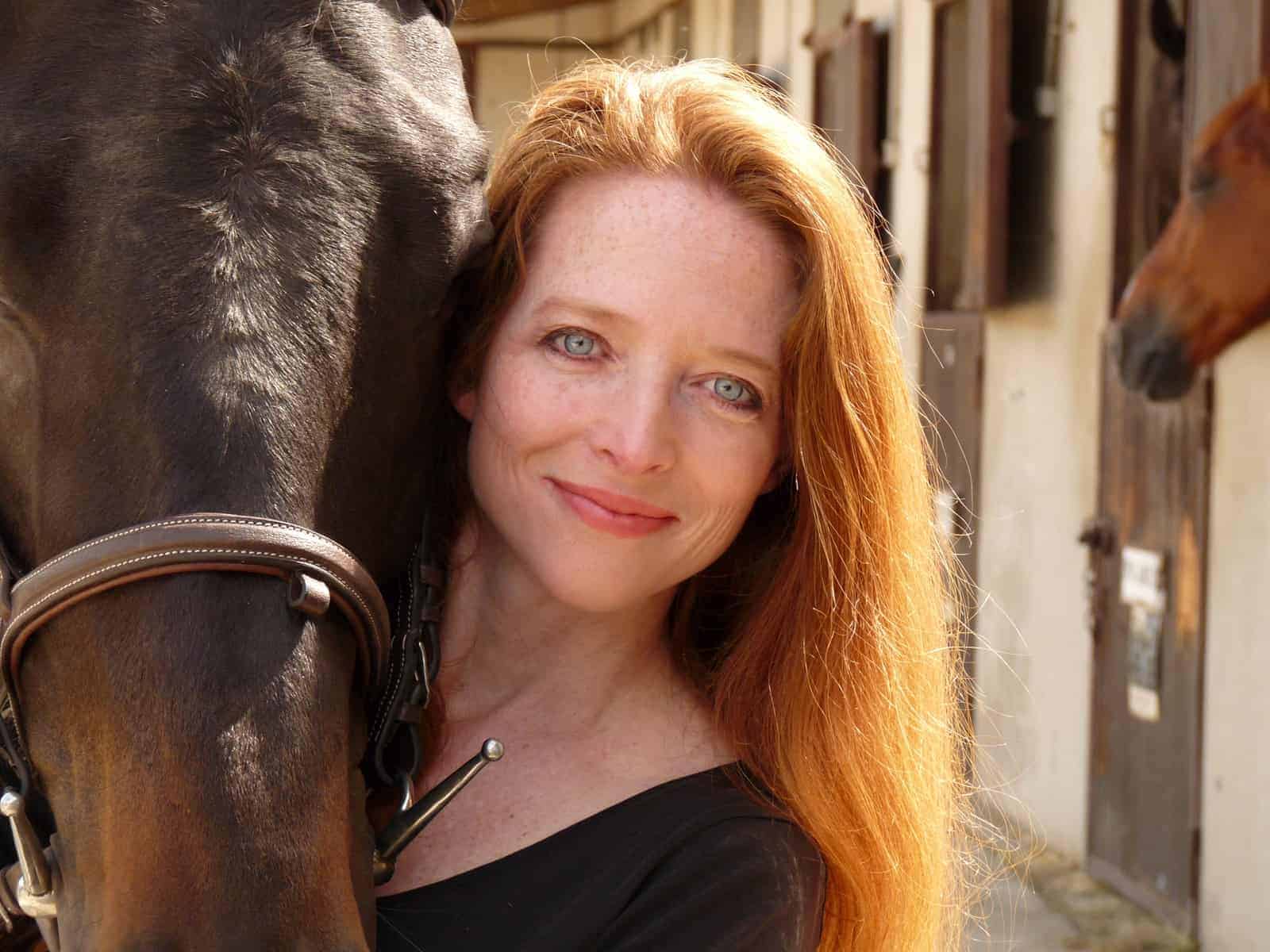Alfalfa Likely Improves Equine Energy Efficiency

In the first study to compare different hays’ effects on the horse’s hindgut environment, researchers have found that alfalfa hay—sometimes seen as a problematic forage—gets fermented faster in the cecum when compared to smooth bromegrass (brome) hay. This lowers the cecal hindgut’s pH, making it more acidic, which apparently decreases the diversity of the microbiome. But conversely, volatile fatty acids (VFA)—which provide energy—get produced more rapidly, providing the horse with more energy, said James Lattimer, MS, PhD, assistant professor of equine nutrition at Kansas State University, in Manhattan, Kansas.
“Our study gives new insight into the complete microbiome of the horse,” Lattimer said. “Even though microbiome diversity was decreased due to alfalfa, this should not deter owners from feeding it to their horses.”
Sampling the Cecum Directly on Alfalfa and Brome Diets
To evaluate how horses’ hindguts react to different kinds of hay, Lattimer and his fellow researchers fed six Quarter Horses either alfalfa or brome hay exclusively for 21 days, then switched them to the other type of hay exclusively for 21 days. The horses—three mares and three geldings, all about 12 years old—could eat as much hay as they wanted. Before the start of the study, they were fed brome hay.
As part of a nutritional research herd, all six horses had previously undergone surgery to have a tube, called a cannula, inserted into the cecum; these were plugged but still accessible even years later. For both feeding situations, on the 22nd day the researchers sampled the contents of the cecum (through the cannula) and the horses’ feces (from the rectum) every three hours for 24 hours.
Alfalfa Leads to Lower pH, higher VFA in the Cecum
The researchers found that the pH in the cecum decreased slightly in horses consuming alfalfa compared to brome hay due to greater VFA production. This lower pH might have decreased the microbial diversity, the researchers said. However, the horses had an increased abundance of Streptococcus, Lactobacillus, and YRC22.
The higher concentration of VFAs in the cecum due to alfalfa consumption would provide the horse with a greater amount of energy. Horses’ hindgut microbiomes create these VFAs by fermenting the structural carbohydrates in their food. The higher VFA concentrations in the cecum associated with alfalfa suggest horses ferment alfalfa hay faster and higher up in the hindgut than they do brome hay.
On a side note, analyses of the hays themselves revealed, among other things, that the alfalfa contained nearly five times as much iron as the brome. That might explain some of the differences in the horses’ microbiomes, Lattimer explained. Because too much iron might not be good for horses, more research is needed to understand how iron levels in hay affect horses, he said.
Fecal Microbiota Doesn’t Represent Hindgut Microbiota
The researchers noted that the fecal samples showed different results than samples directly from the cecum, said Lattimer. For example, regardless of the hay type, they found more Bacteroidetes in the cecum samples than in the fecal samples. The fecal samples, meanwhile, had greater concentrations of Firmicutes (a specific phylum of bacteria). The fecal and cecal VFA and pH values also varied significantly.
As such, the microbiota in manure probably doesn’t reflect what’s going on in the horse’s hindgut, he said.
Understanding Hindgut Balance for Better Digestive Health
The new study has important implications for researchers as well as clinicians, nutritionists, owners, and horses, said Lattimer.
“Long-stem forages should be the base of any horse diet,” he said. “However, a healthy hindgut microbiome is required to process this large amount of fiber in order to provide energy to the horse. Since a long-stem forage can account for greater than 90% of a horse’s diet, it’s critical to understand how the forage itself alters this sensitive ecosystem.”
That’s because when the gut microbiome gets imbalanced—a condition known as dysbiosis—it can lead to issues such as poor digestion, colic, laminitis, excessive gut inflammation, and a weakened immune system.
“Preventing dysbiosis and maximizing gut health improves the overall health of the horse,” said Lattimer. “And it all begins at the gut microbiome.”
The study, “Effect of hay type on cecal and fecal microbiome and fermentation parameters in horses,”

Written by:
Christa Lesté-Lasserre, MA
Related Articles
Stay on top of the most recent Horse Health news with















